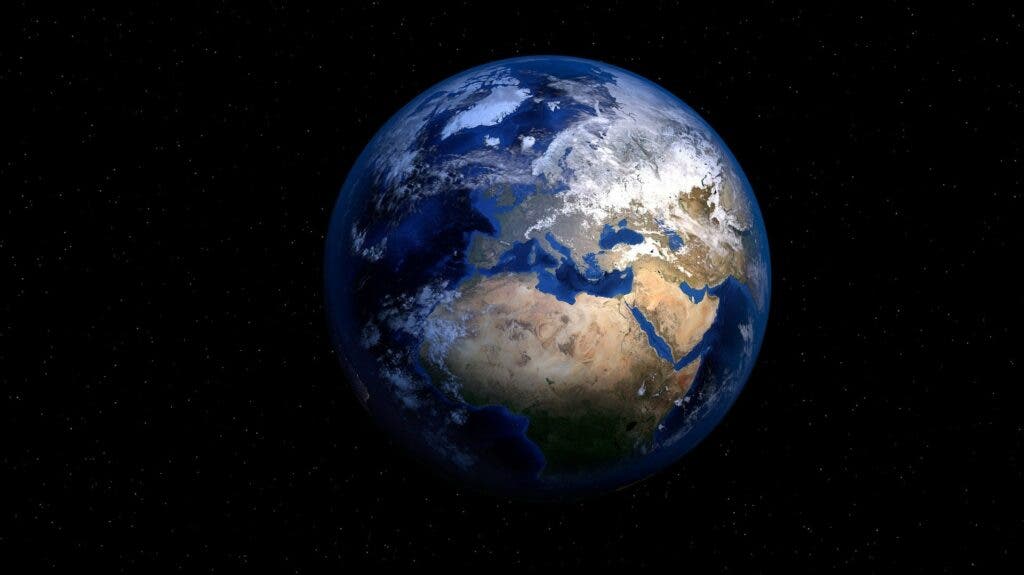Although we’re all from here, Earth isn’t necessarily the best planet to live on in the Universe, according to new research. A new study lists two dozen such “superhabitable” planet candidates for further research.

It is quite an unexpected turn of events, but the planets identified in the new study all show some properties that could make it a better home for earthlings than Earth itself.
The study, published by researchers from Washington State University, also detail why these planets were chosen. Some are older, some larger, others wetter and slightly warmer than Earth. Some of them even orbit ‘better’ stars than our own Sun, and are expected to exist for longer.
Better than the original
“With the next space telescopes coming up, we will get more information, so it is important to select some targets,” said Schulze-Makuch, a professor with WSU and the Technical University in Berlin.
“We have to focus on certain planets that have the most promising conditions for complex life. However, we have to be careful to not get stuck looking for a second Earth because there could be planets that might be more suitable for life than ours.”
All the 24 maybe-superhabitable planets are over 100 light years away from Earth, so for the time being, they’re far beyond our grasp. However, with concentrated effort and data pooled from current and future telescopes, such as from NASA’s James Webb Space Telescope, the LUVIOR space observatory, and the European Space Agency’s PLATO space telescope, we could glean enough data to see whether they’d be nice places to live.
Schulze-Makuch, a geobiologist with expertise in planetary habitability, worked with astronomers René Heller of the Max Planck Institute for Solar System Research and Edward Guinan of Villanova University to first determine which criteria would make a planet superhabitable. Then, they dredged through data of the over 4,500 known exoplanets to see which would fit.
A habitable planet isn’t necessarily one that has life, but one that has the right conditions to sustain life as we know it — things like pleasant temperatures, liquid water, magnetic fields, and breathable atmosphere.
The team looked at systems with stars similar to our Sun (G-class stars) and planets orbiting them in the liquid water zone — not too far nor too close. But since G-class stars have a lifespan of just 10 billion years, and it took life on Earth 4 billion years to evolve, this means they’re not the best candidates for life, as they can consume their fuel before anything spawns on the planets that orbit them. That’s why the team also looked at the cooler, dimmer K-class dwarf stars, which have lifespans of 20 billion to 70 billion years.
While this gives the planets more time to develop life, the authors argue that we shouldn’t be looking at ones that are too old. In order to be habitable, a planet needs a protective magnetic field — the ones that don’t end up like Mars is today. Those magnetic fields are generated in their core, and they’re powered by geothermal energy — which itself is produced by radioactive decay inside the planet. The Earth is around 4.5 billion years old, meaning it hasn’t yet expended its cache of geothermal energy. The authors thus argue that we should be looking for exoplanets 5 billion to 8 billion years old.
As far as size is concerned, we should look for something slightly larger and heavier than our own. Exoplanets that are at least 10% larger than Earth would have more habitable land but provide almost the same experience as living here. One around 1.5 times heavier should be able to better retain its geothermal energy and have enough gravity to keep its atmosphere intact.
Size and mass also matter. A planet that is 10% larger than the Earth should have more habitable land. One that is about 1.5 times Earth’s mass would be expected to retain its interior heating through radioactive decay longer and would also have a stronger gravity to retain an atmosphere over a longer time period.
Another element they’d look for is more water, especially in the form of moisture, clouds, and atmospheric humidity. A surface temperature of around 5 degrees Celsius (8 Fahrenheit) higher than on Earth, alongside extra moisture, would probably be better suited to life as we know it today. They argue that these elements make rainforests on Earth more biodiverse than forests in colder, drier areas.
None of the 24 exoplanets meet all the criteria, but one of the candidates has four.
“It’s sometimes difficult to convey this principle of superhabitable planets because we think we have the best planet,” said Schulze-Makuch.
“We have a great number of complex and diverse lifeforms, and many that can survive in extreme environments. It is good to have adaptable life, but that doesn’t mean that we have the best of everything.”
The paper “In Search for a Planet Better than Earth: Top Contenders for a Superhabitable World” has been published in the journal Astrobiology.


